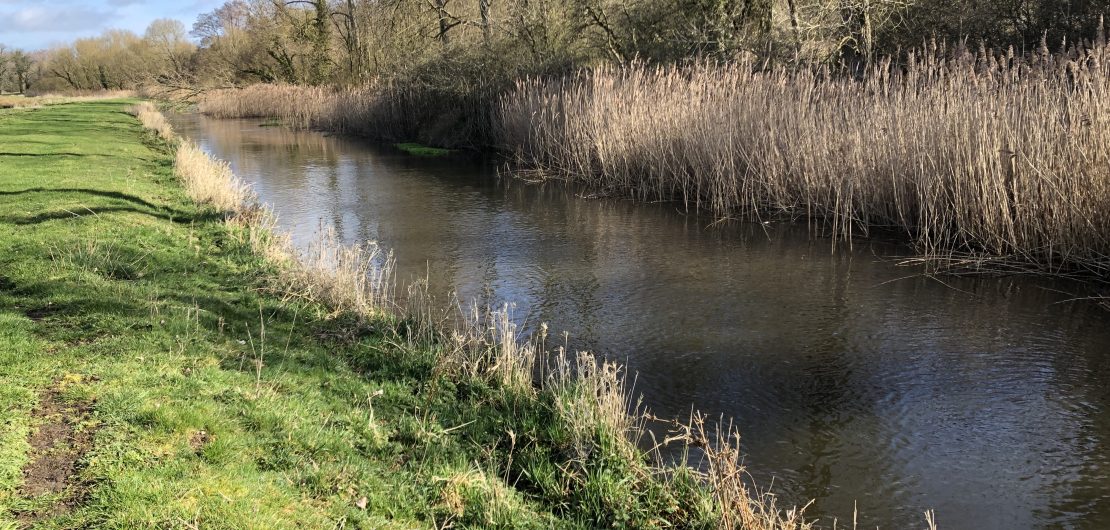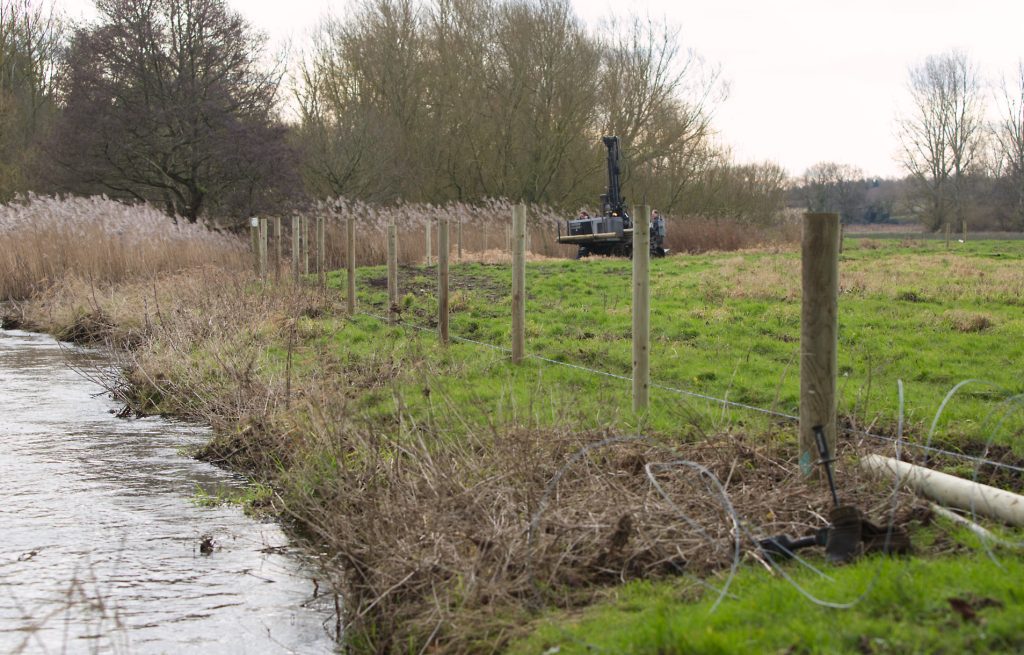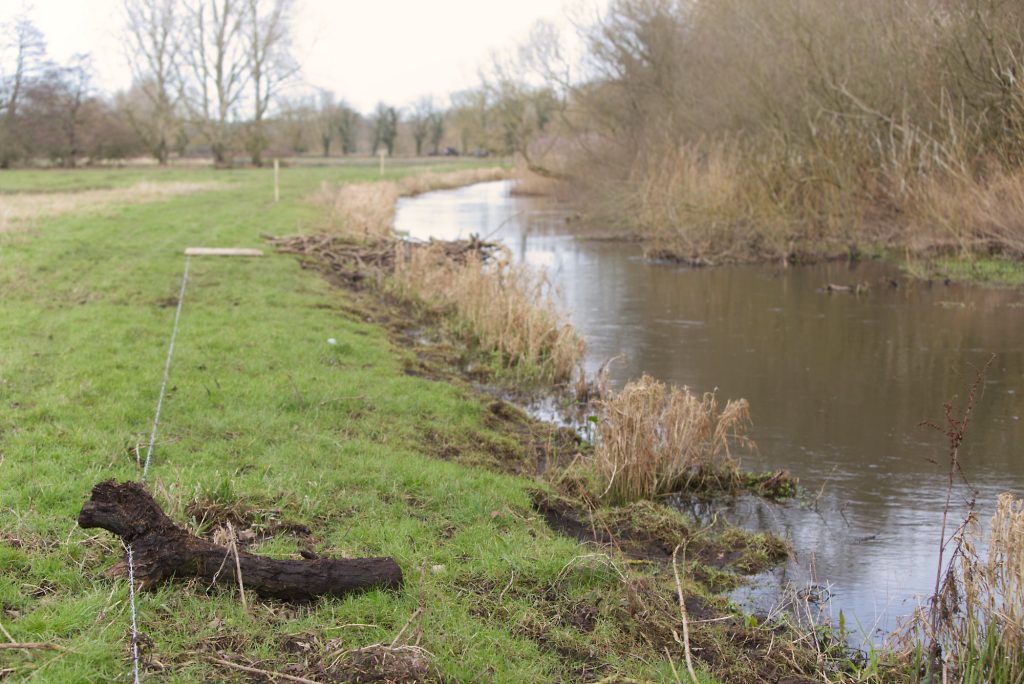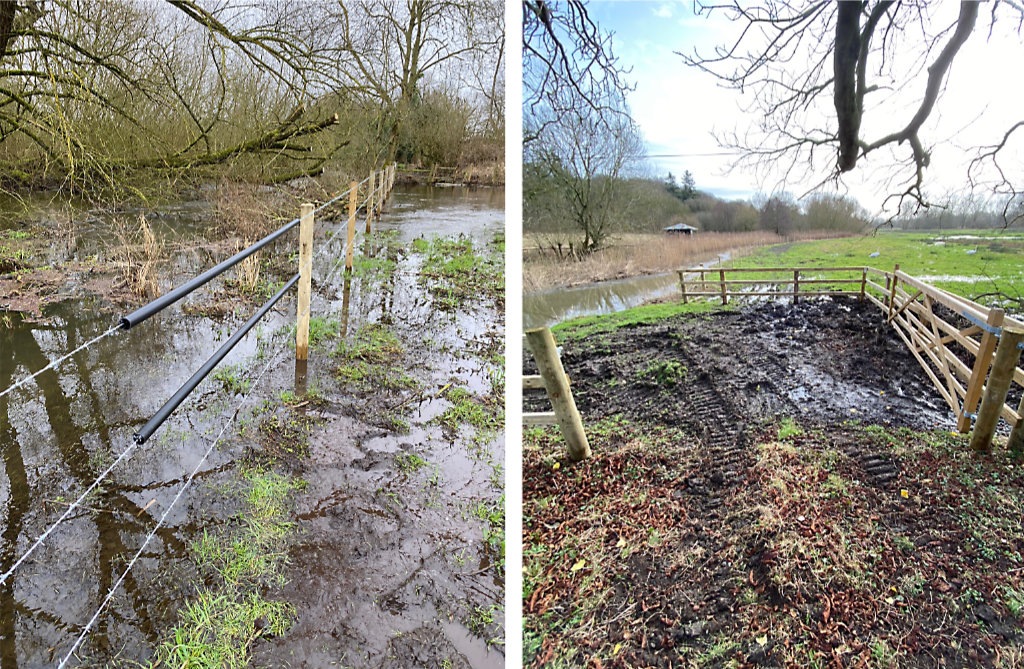
New fence for County School
At last we have reached agreement with the landowners who have received a grant to erect a stock fence along our bank of the County School beat. Over the years the beat has suffered extensive damage from cattle poaching, which has pushed large amounts of silt into the river. This has not only ruined the river bed, but has also made the bank quite treacherous for anglers. Once the fence is in place and the weed growth begins to re-establish we will be able to manage the banks and improve the channel far more effectively.



The fence will be complete before the beginning of the new 2024 season, complete with stiles where necessary. We look forward to a more productive season on County School and Goff’s this year, particularly as access has been much improved.